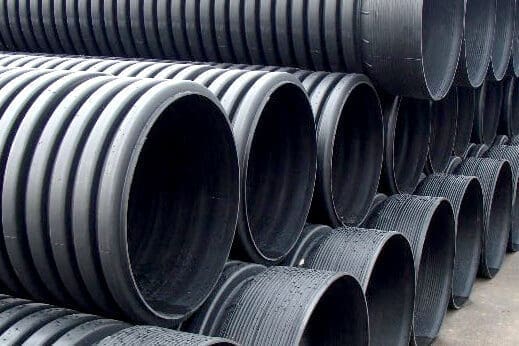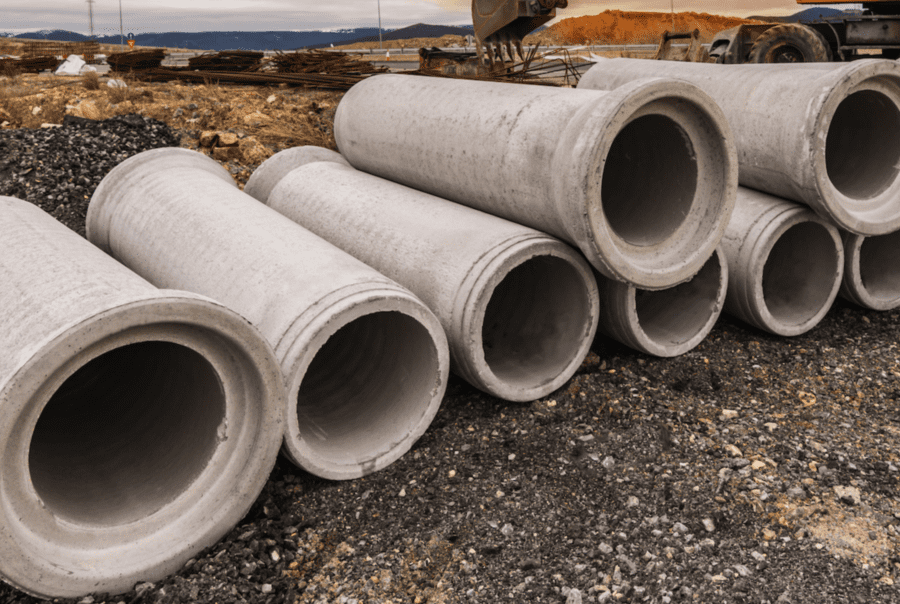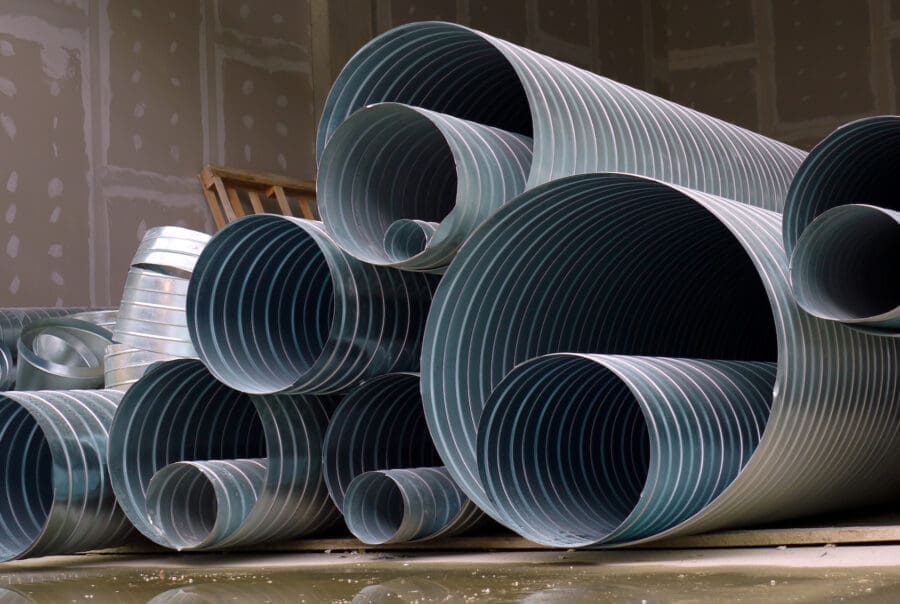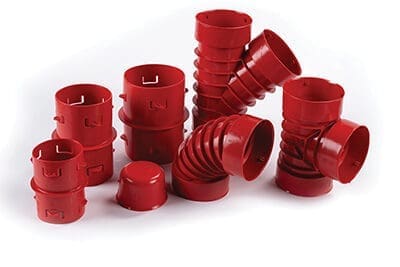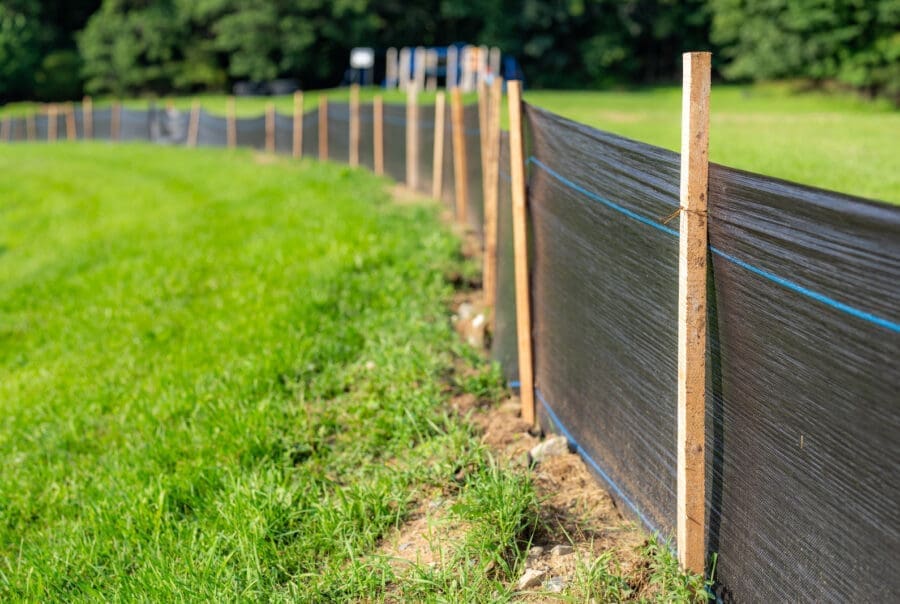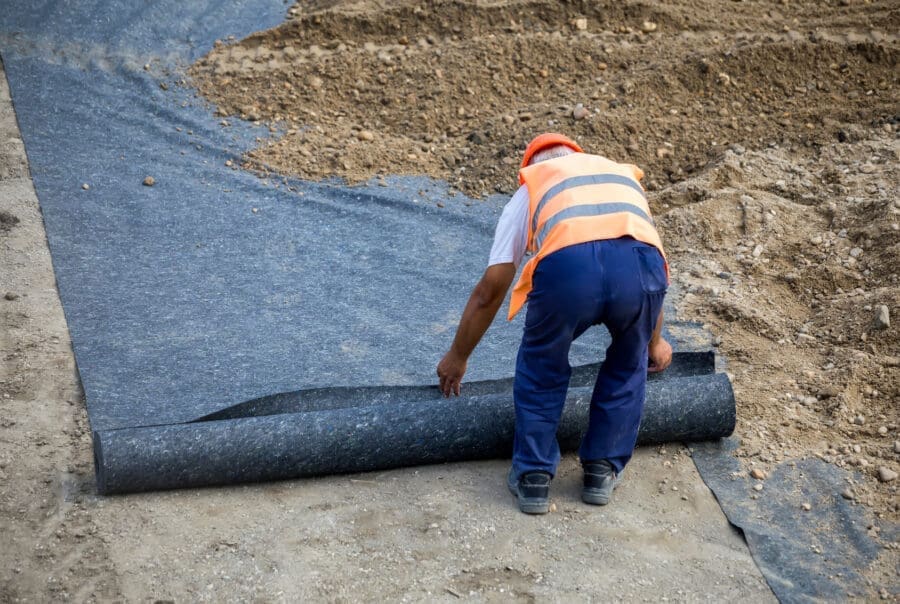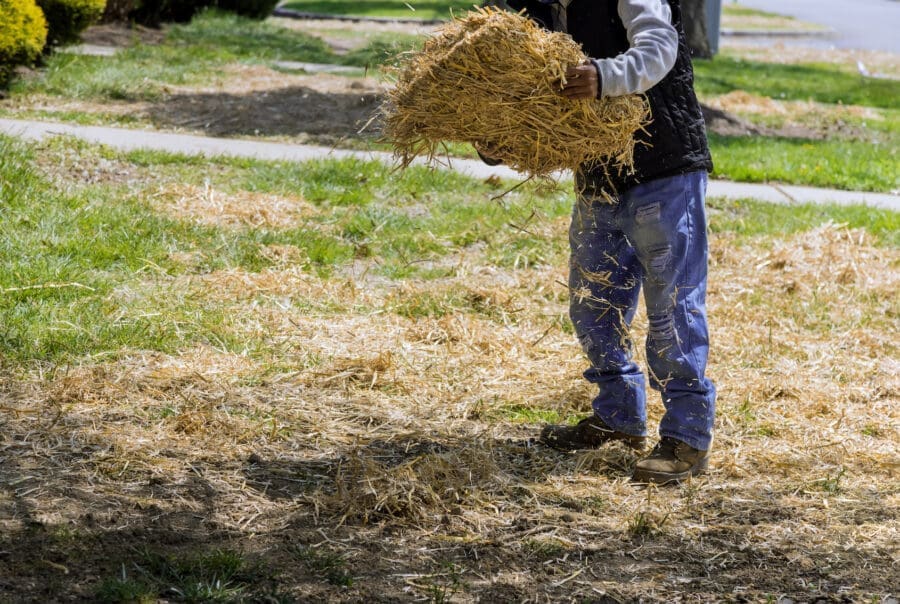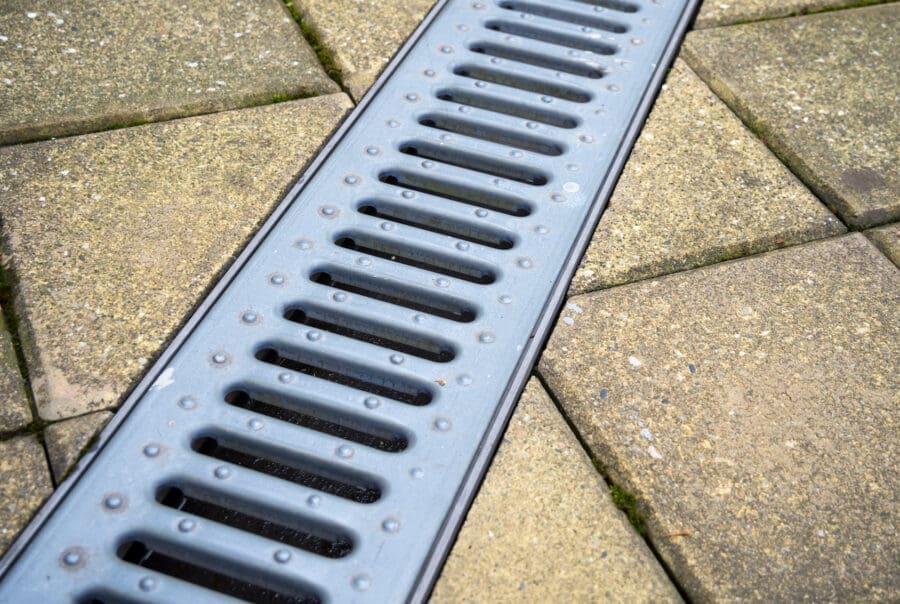Here are some key objectives served by geotextiles in construction:
Filtration
Geotextiles are widely deployed as filtration barriers to impede the migration of fine particles between soil layers while permitting water passage. Positioned between soil layers or beneath drainage systems, they prevent soil clogging and retain particles effectively.
Drainage
Geotextiles with high permeability are harnessed as drainage materials to facilitate water flow within soil or drainage systems. Their application spans diverse settings like retaining walls, roadways, sports fields, and landfills, mitigating water buildup and ensuring efficient drainage.
Separation
Geotextiles are instrumental in segregating different soil layers or materials with distinct properties, such as soil and gravel or soil and geomembranes. By averting intermixing, they uphold the integrity and performance of engineered structures like roads, railways, and embankments.
Erosion Control
Geotextiles play a crucial role in stabilizing soil surfaces and averting soil loss triggered by water runoff or wind erosion. They’re deployed in various forms such as erosion control blankets, mats, or geotextile tubes to safeguard slopes, embankments, shorelines, and vegetated areas.
Reinforcement
Geotextiles bolster soil structures, augmenting their stability, strength, and load-bearing capacity. Their integration into retaining walls, reinforced earth structures, steep slopes, and soft soil foundations enhances tensile strength and confines soil effectively.
Protection
Geotextiles act as protective barriers shielding vulnerable components like geomembranes, liners, from damage due to punctures, abrasion, or UV degradation. Installed as cushioning layers or protective covers, they prolong the service life and integrity of underlying materials.
Subsurface Drainage
Geotextiles are pivotal in subsurface drainage systems, enveloping and safeguarding perforated pipes, aggregate drains, or drainage cores. They function as filter fabrics, averting soil particles from infiltrating drainage channels and obstructing the system, ensuring efficient water removal from the soil.

